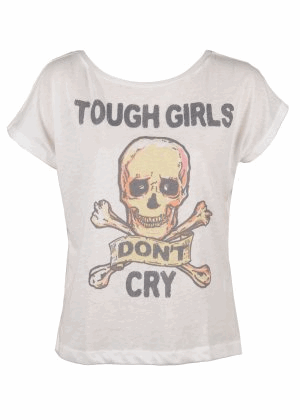In the Dark
A Novel
Amanda Coe
(Norton)

In one shot, we are told that she gave the leading man --- the would-be child-killer (Dirk Bogarde, no less) --- a look that was "complicit, seductive and yet terribly, painfully innocent. A flick of the eyes that lasted less than a second." A veteran actress watching nearby thinks of the outcome: perhaps "the look was too knowing, ... it was too dangerous to give the story that weight,"
- although the script hinted at it, that the child was that powerful, but ultimately, of course, tragically, only as powerful as a child can be.
We kids from the '40's who were fans of Shirley Temple loved her because she could play the adult child flawlessly. As you may recall, one of the woes of being a child is that we can't do all the things that those tall creatures around us do with such aplomb and agility. All we can do is make ourselves fetching, and, yes, seductive, hoping we can lull one of them into giving us what we think we know we want. Shirley Temple was able to get everything she wanted out of the adults in her life while the rest of us could hardly bring it off. When I did my Shirley Temple vamp all they gave me were insults like "you think you are so cute" and "grow up, brat!"
Lallie's appearance in the village drives her fans wild. One of them, Gemma, same age, is hooked up with the local ten-year-old terrorist, Pauline Bright. Gemma tries to see if she can figure a way to get through to Lallie, have her take her home with her to live in her castle complete with funny-man bumbling butler. Gemma and Pauline don't get very far, but the two of them do become infatuated with each other and embark on a casual violence that is Pauline's operating mode, rooted in her drunken family, her mother a prostitute, the house a chaos of muggers and thieves. Pauline makes money by rolling the younger kids for their coins and lunches all the while giving hand jobs to the vulgar old men in the village. Pauline teaches Gemma --- doll-like, middle-class Gemma --- how to live the hard life, hinting at what she has done with others, even with Gemma's step-father-to-be.
After a few wobbles at the beginning of the novel, it takes off and you will probably do what I did which was to drag it around with me wherever I went on my daily rounds. It took me two days to finish and the reason it took that long is because I had to do a few real things outside of reading: like eat and sleep and go to the store and make a living. For those hours I had to be somewhere else outside of Coe's Yorkshire with its hard core of troublesome young girls who are slowly falling, along with their world, into violence and revenge
Up to the last twenty-five pages or so What They Do in the Dark is mostly (I emphasize mostly) about kids doing kids' things. It's a strange mix of Huck Finn, Catcher in the Rye and Lord of the Flies --- although peopled by girls only. (There are a couple of boys here, but they are all in their forties.)
As in the movie being created about them, the girls and their casual brutality come to change everyone's world.
Pauline is the most powerful character here. She eats with her mouth open, steals everything she can get her hands on, knows too much about lust too soon, and evidently hasn't seen the business-end of a shower head or the inside of a tub in all of her life. She gets along nicely whenever her mother is out of town, making money much as her mother did and does.
At first the reader thinks that Pauline is a Yorkshire version of Huck Finn, but there is little of that on-the-edge-of-nature boy-fun that we get with Twain. At one point, Pauline commits a minor crime, but "It wasn't the first crime she had committed, and it was one of the few that were undeniably victimless."
The core of the book may be about the making of a movie but it comes with a strange inversion. The on-screen villain Colin (Bogarde) ends up raping and strangling his victim. The off-screen villains of the novel, the ones who commit the ultimate, vicious act, are not adults (except by imitation). It makes you want to drop the book ... or drop out of life. It's a shock that shouldn't be there but when all is done, it was inevitable, excruciatingly so.
So the Bad Guys are not village middle-class hypocrites nor the movie stars nor even forty-year-old CPAs, but the kids themselves. Pauline and Gemma perpetuate a crime which, as sure as the topsy-turvy world of The Lord of the Flies, demonstrate that when a child has a chance to wield absolute power over another, it becomes inversion in all senses of the word. So the book moves from a mildly comic romp into a bestial horror story, as grim as likely you'll ever come across. It absently reflects the quote at the beginning, one from Graham Greene's A Sort of Life:
- There were terrors, too, of course, but they would have been terrors at any age. I distinguish here between terror and fear. From terror one escapes screaming, but fear has an odd seduction. Fear and the sense of sex are linked in secret conspiracy, but terror is a sickness like hate.